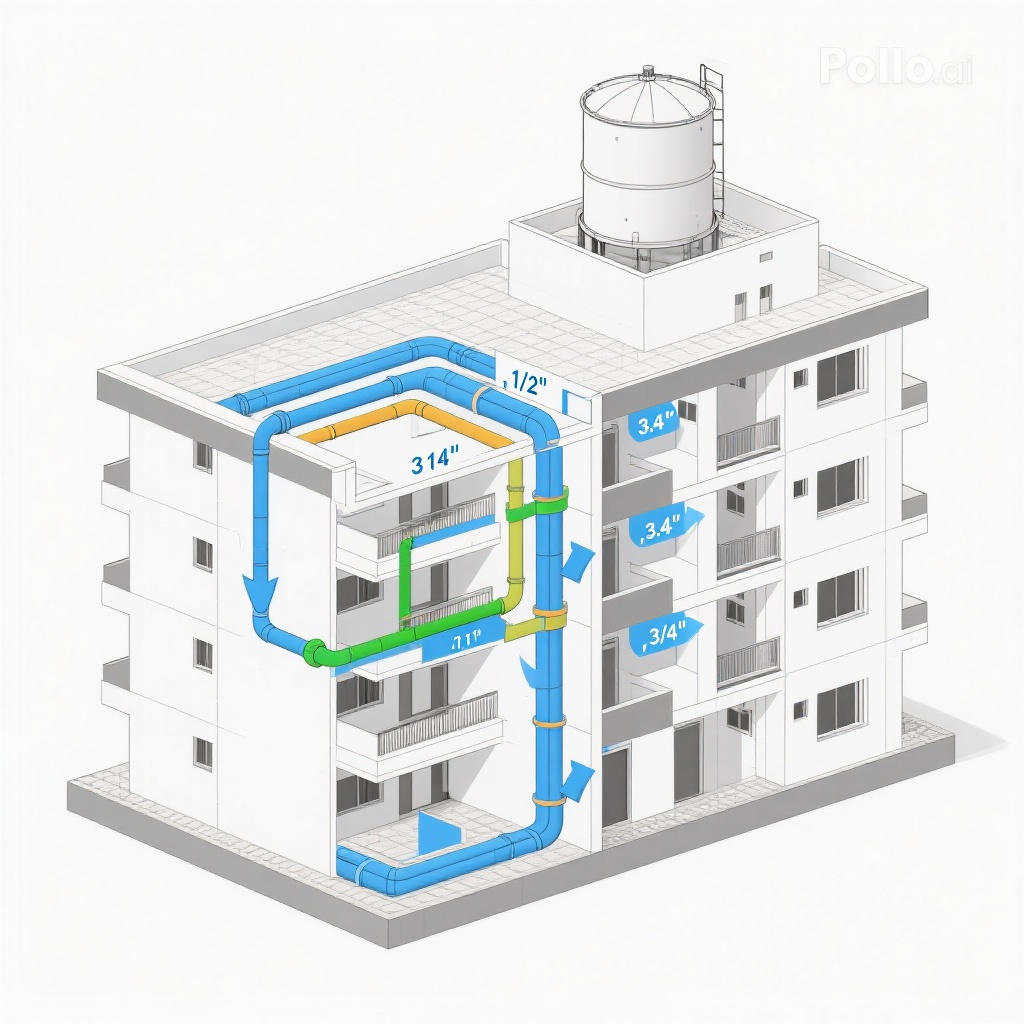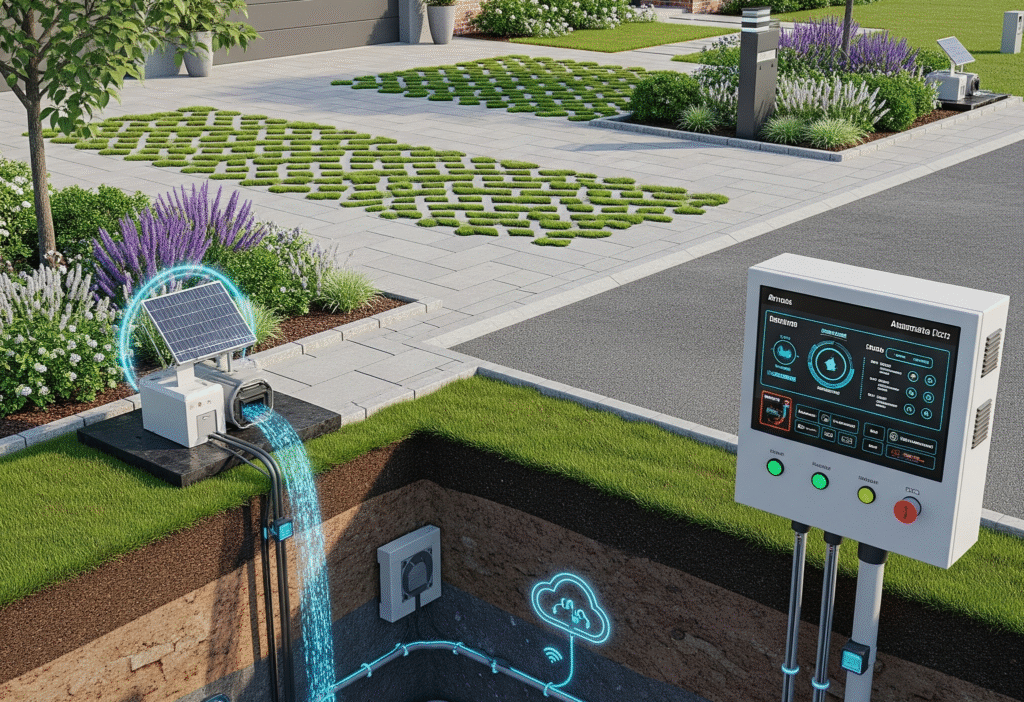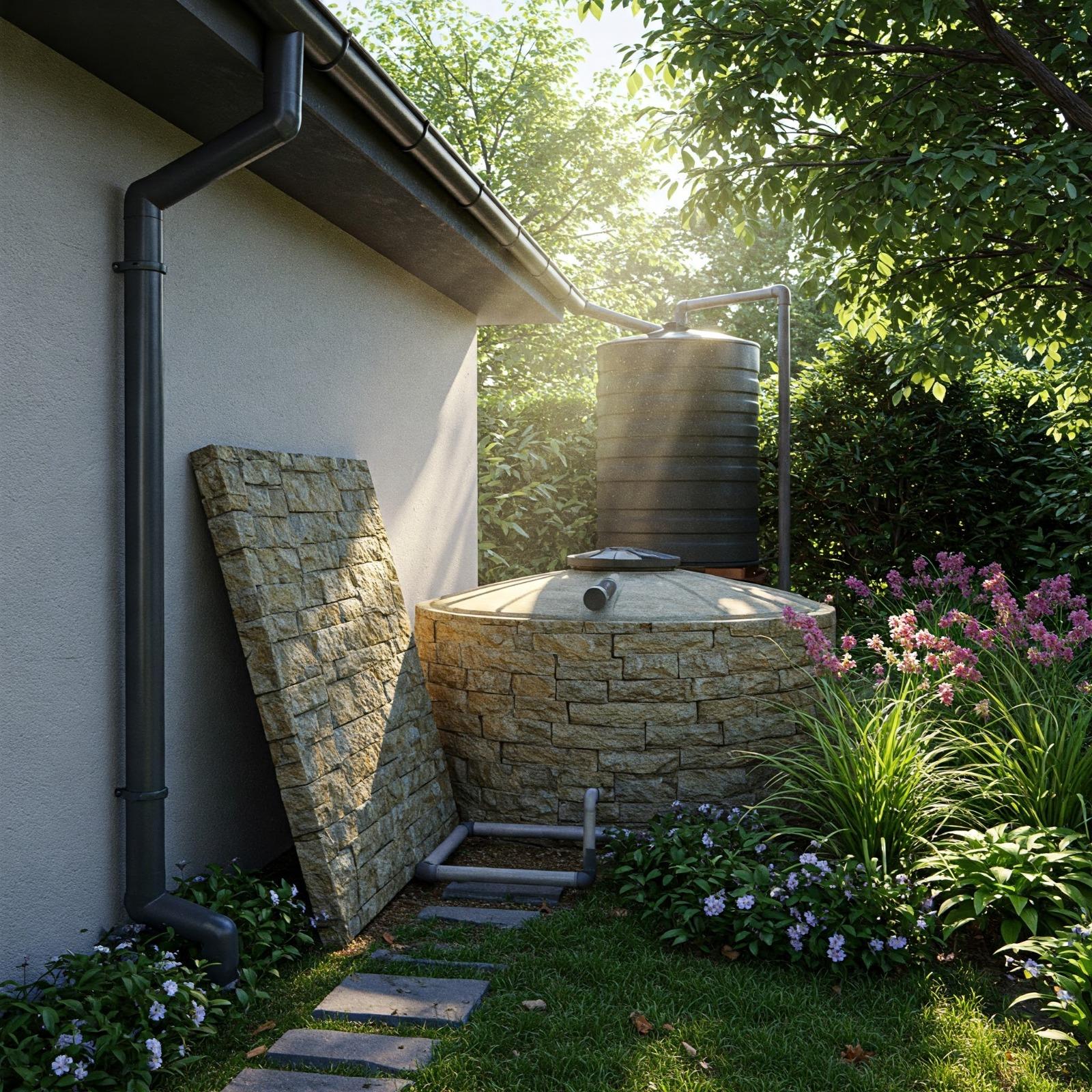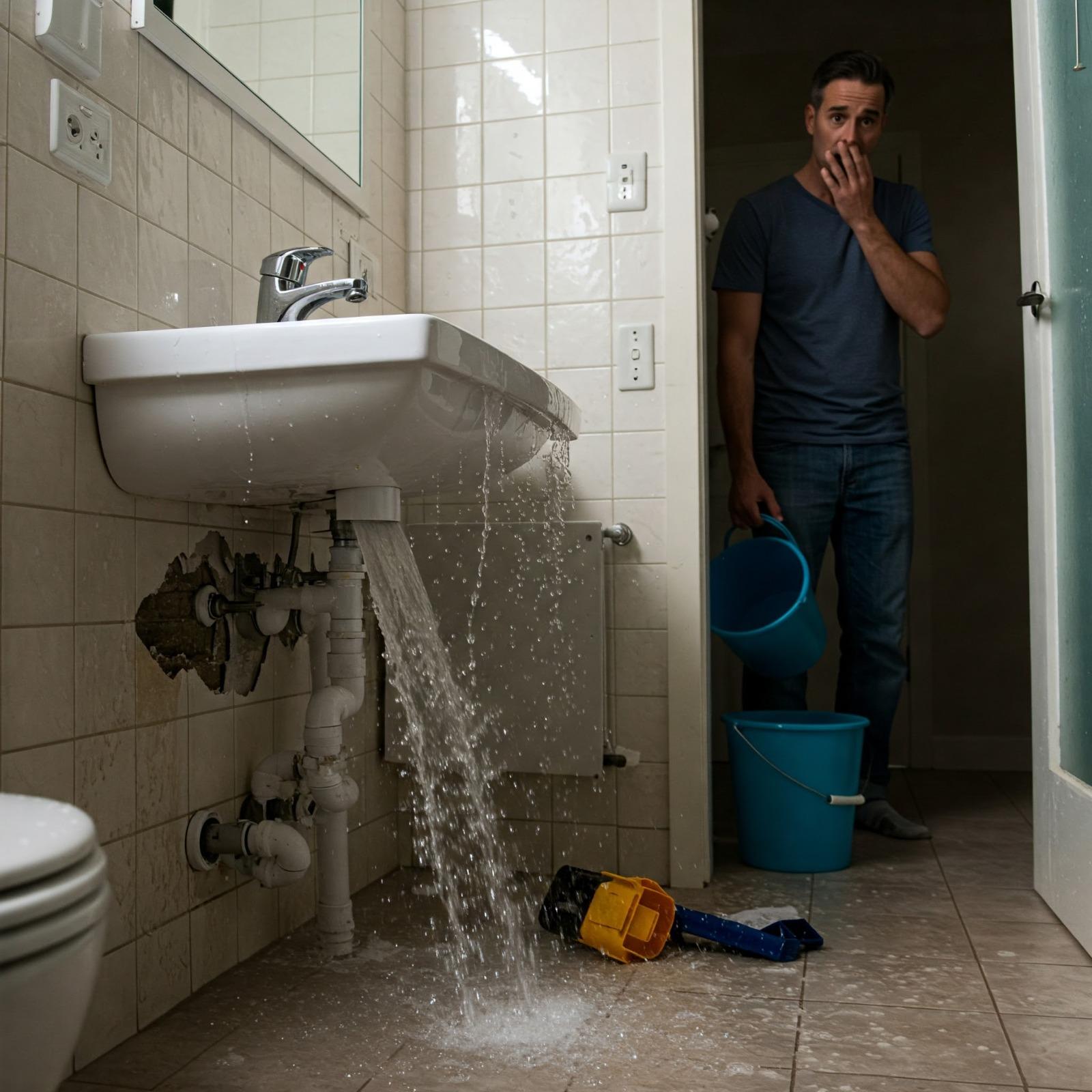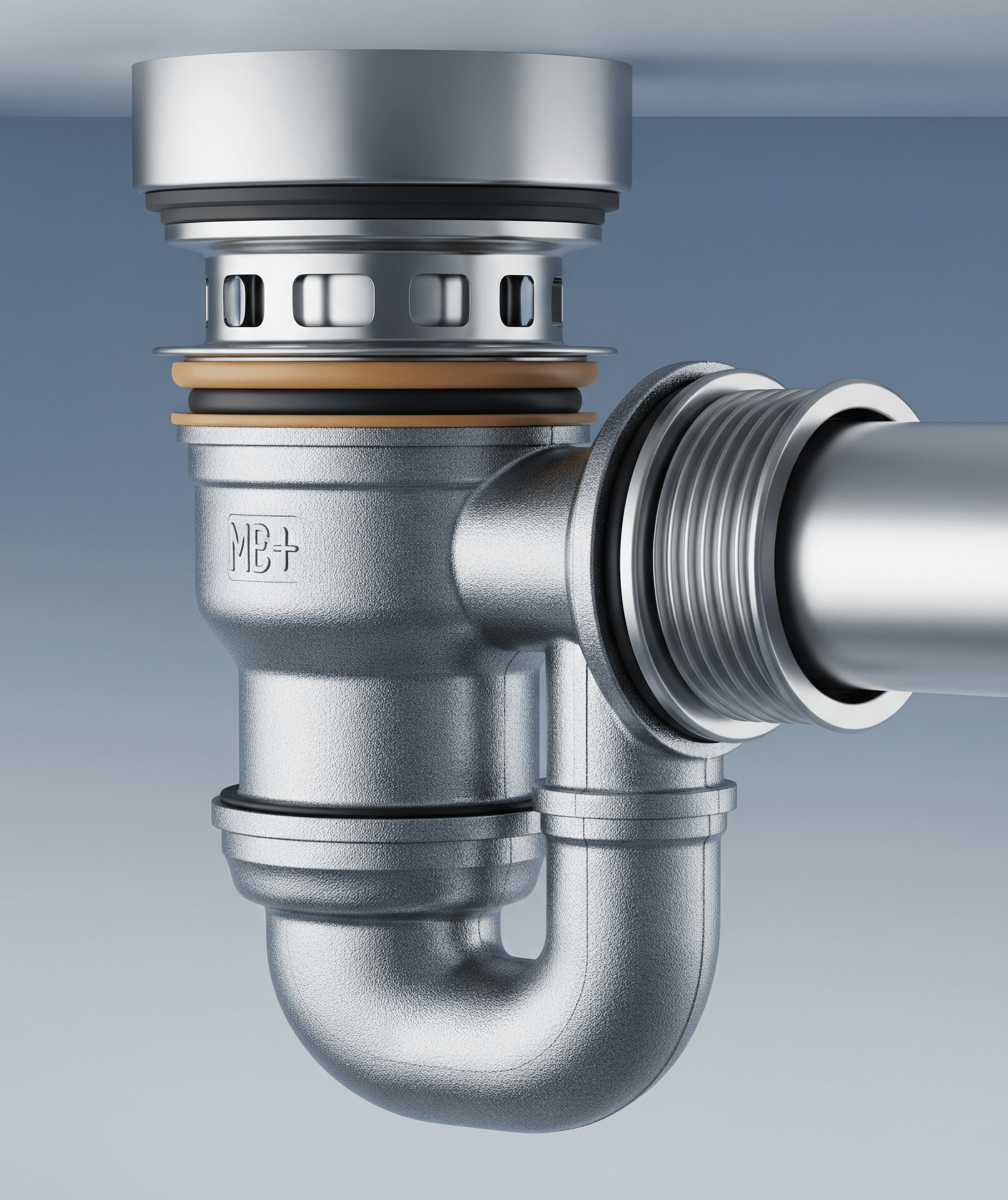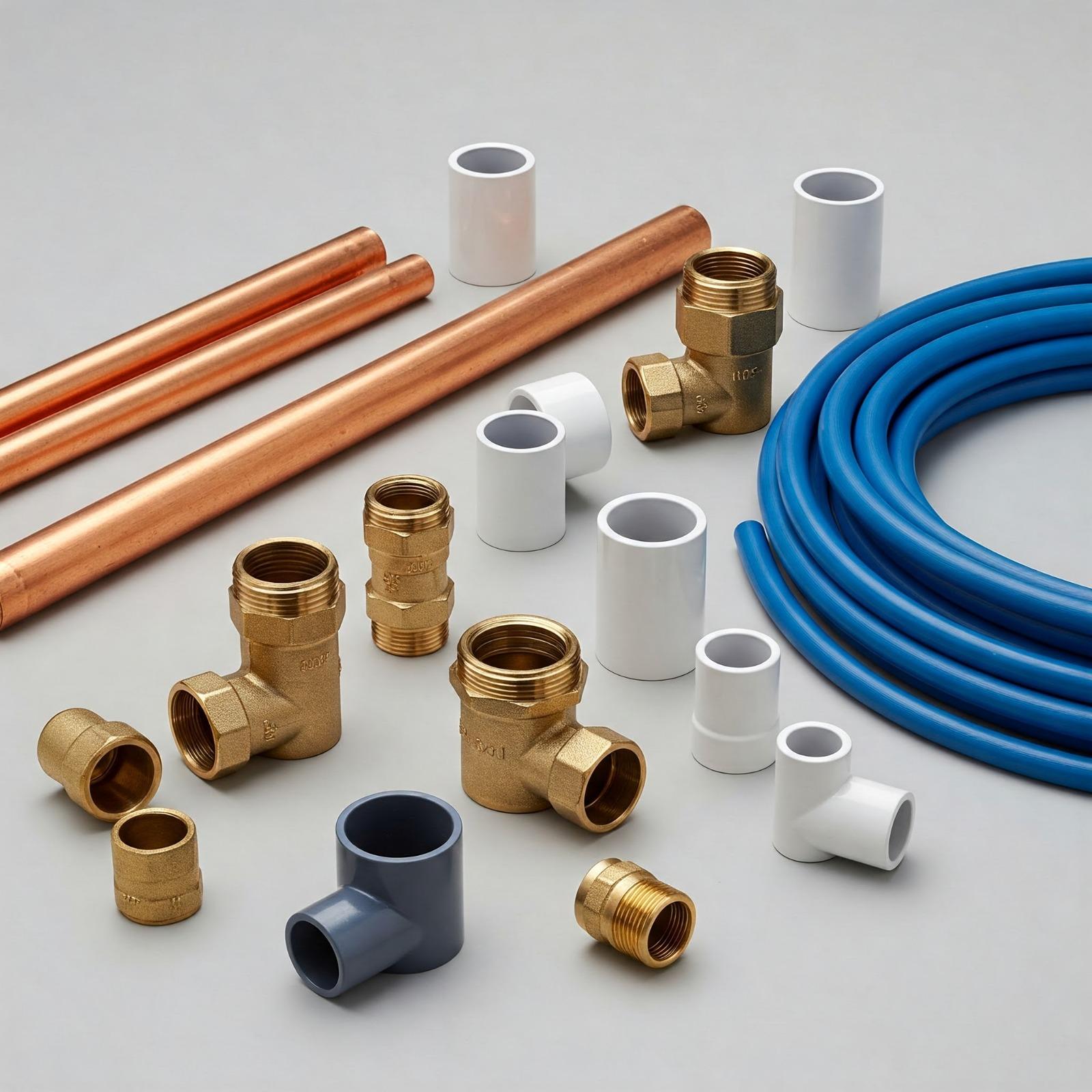Complete Guide to Pipe Sizing
Effective pipe sizing is critical for optimizing plumbing systems in Bangalore homes and businesses, ensuring efficient water flow, consistent pressure, and long-term reliability. This comprehensive guide explores advanced pipe sizing techniques, standard sizes, and tailored advice for Bangalore's unique plumbing needs including BWSSB water supply considerations.
Importance of Proper Pipe Sizing
Correct pipe sizing enhances water delivery, minimizes energy costs, and prevents system failures. Improper sizing can lead to:
- Reduced water pressure from undersized pipes, affecting showers and appliances.
- Increased energy and water costs from oversized pipes.
- Mechanical stress, such as water hammer, causing pipe wear or bursts.
Proper sizing ensures efficiency and durability for Bangalore plumbing systems, especially important given the city's varying water pressure zones.
Key Factors in Pipe Sizing
Several variables influence pipe sizing decisions:
- Flow Rate (GPM): Fixtures have specific demands—showers (2-3 GPM), faucets (1-2 GPM), washing machines (4-6 GPM). Sum simultaneous fixture demands for total GPM.
- Pipe Length: Longer runs increase friction loss. In Bangalore apartments and independent houses, keep runs under 50 feet for optimal pressure, especially for upper floors.
- Pipe Material: Common options in Bangalore include CPVC (most popular, cost-effective for Bangalore's mild climate), PVC (for cold water lines), PPR (gaining popularity for durability), copper (premium choice), and GI (found in older Bangalore homes but prone to corrosion).
- Water Pressure: Bangalore homes typically face low to moderate pressure (20-60 PSI) due to BWSSB supply variations. Many properties use overhead tanks and booster pumps.
- Fixture Units: Per Indian Standard IS 1172, widely used in Bangalore, toilets (3 units), wash basins (1 unit), kitchen sinks (2 units), and showers (2 units) contribute to demand calculations.
Example: A typical Bangalore home with a shower (2.5 GPM), kitchen sink (1.5 GPM), and washing machine (3 GPM) running simultaneously requires a pipe to handle 7 GPM, considering BWSSB water supply patterns.
Standard Pipe Sizes and Applications
Common pipe sizes for Bangalore properties include:
- ½": Ideal for low-demand fixtures like wash basins or toilet connections (1-2 GPM).
- ¾": Most common for main supply lines in Bangalore apartments and small independent houses (4-6 GPM).
- 1": Used for multi-bathroom homes and buildings with overhead tanks (8-12 GPM).
- 1¼" and larger: Designed for apartment complexes and commercial buildings in Bangalore.
Most Bangalore homes use ¾" main lines with ½" branches, accounting for typical BWSSB pressure and overhead tank systems.
Advanced Pipe Sizing Process
Follow these steps for precise pipe sizing:
- Determine peak demand by summing GPM or fixture units for simultaneous use.
- Measure pipe runs, accounting for friction loss (0.5 PSI per foot of vertical rise).
- Test water pressure using a gauge at the main inlet. BWSSB can provide municipal pressure data for your specific Bangalore locality. Factor in overhead tank height and pump specifications.
- Select materials compliant with BBMP building codes and IS standards. CPVC is preferred for Bangalore's climate and water quality.
- Use IS 1172 or NBC (National Building Code) charts to select pipe size. For example, 8 fixture units with overhead tank supply typically requires a ¾" CPVC pipe in Bangalore conditions.
- Account for pressure loss using the Hazen-Williams formula: hf = 10.67 * L * (Q^1.852 / C^1.852) / D^4.87, where hf is head loss, L is pipe length, Q is flow rate, C is pipe material coefficient, and D is diameter.
- Consult a licensed Bangalore plumber familiar with BBMP regulations and local water supply conditions for complex systems.
Example: For a 30-foot CPVC pipe run with 5 GPM and ¾" diameter in a typical Bangalore apartment, pressure loss is approximately 1.5 PSI, acceptable with overhead tank systems.
Common Mistakes and Solutions
- Undersizing: Causes low pressure; use larger pipes for high-demand fixtures.
- Oversizing: Increases costs and reduces hot water efficiency; match pipe size to demand.
- Ignoring Codes: Verify compliance with BBMP building bylaws and Karnataka State regulations through the local BBMP office.
- Neglecting Velocity: Water velocity above 6 ft/s can cause noise and erosion; aim for 3-5 ft/s in Bangalore residential systems.
- Ignoring Expansion: Plan for future additions, like a new bathroom, to avoid resizing.
Advanced Tips for Bangalore Properties
- BWSSB Water Quality: Bangalore's relatively soft water is gentler on pipes, but bore well water may require additional filtration and larger pipe considerations.
- Monsoon Preparation: Design drainage systems for Bangalore's heavy monsoon seasons; ensure adequate pipe sizing for stormwater management.
- Overhead Tank Systems: Most Bangalore homes use overhead tanks; size pipes considering 15-25 feet of head pressure from typical tank heights.
- Local Expertise: Work with MEP consultants familiar with Bangalore's infrastructure, BESCOM electrical requirements, and BWSSB connection procedures.
- Energy Efficiency: Consider smaller pipes with efficient pumps to reduce electricity costs, important given Bangalore's power tariff structure.
Tip: In Bangalore apartments, installing a booster pump system with properly sized pipes (¾" main, ½" branches) ensures consistent water pressure across all floors.
Technical Considerations
Advanced pipe sizing involves:
- Friction Loss: Use the Darcy-Weisbach or Hazen-Williams equations for precise calculations, especially in long runs or commercial systems.
- Pipe Roughness: CPVC (smooth, widely used in Bangalore) allows better flow than older GI pipes (rough, common in older Bangalore buildings).
- Temperature Effects: Hot water lines in Bangalore require CPVC or PPR to handle moderate thermal expansion in the city's climate.
- Water Treatment: Install filtration systems per BWSSB recommendations to protect pipes from bore well minerals and improve water quality.
Related MEP Services in Bangalore
Looking for comprehensive MEP solutions in Bangalore? Explore our related services:
Why Choose A-Square MEP Consultants?
With over 21 years of experience and 500+ successful projects across India, A-Square MEP Consultants is your trusted partner for all MEP design needs in Bangalore. Our expertise includes:
- BBMP and BWSSB compliant designs
- Energy-efficient solutions for Bangalore's climate
- Expert knowledge of local building codes and regulations
- Proven track record with leading brands like Rameshwaram Cafe, BIAL, and major corporate clients
Contact us today for professional MEP consultation and BBMP-compliant designs tailored to Bangalore's unique requirements.

